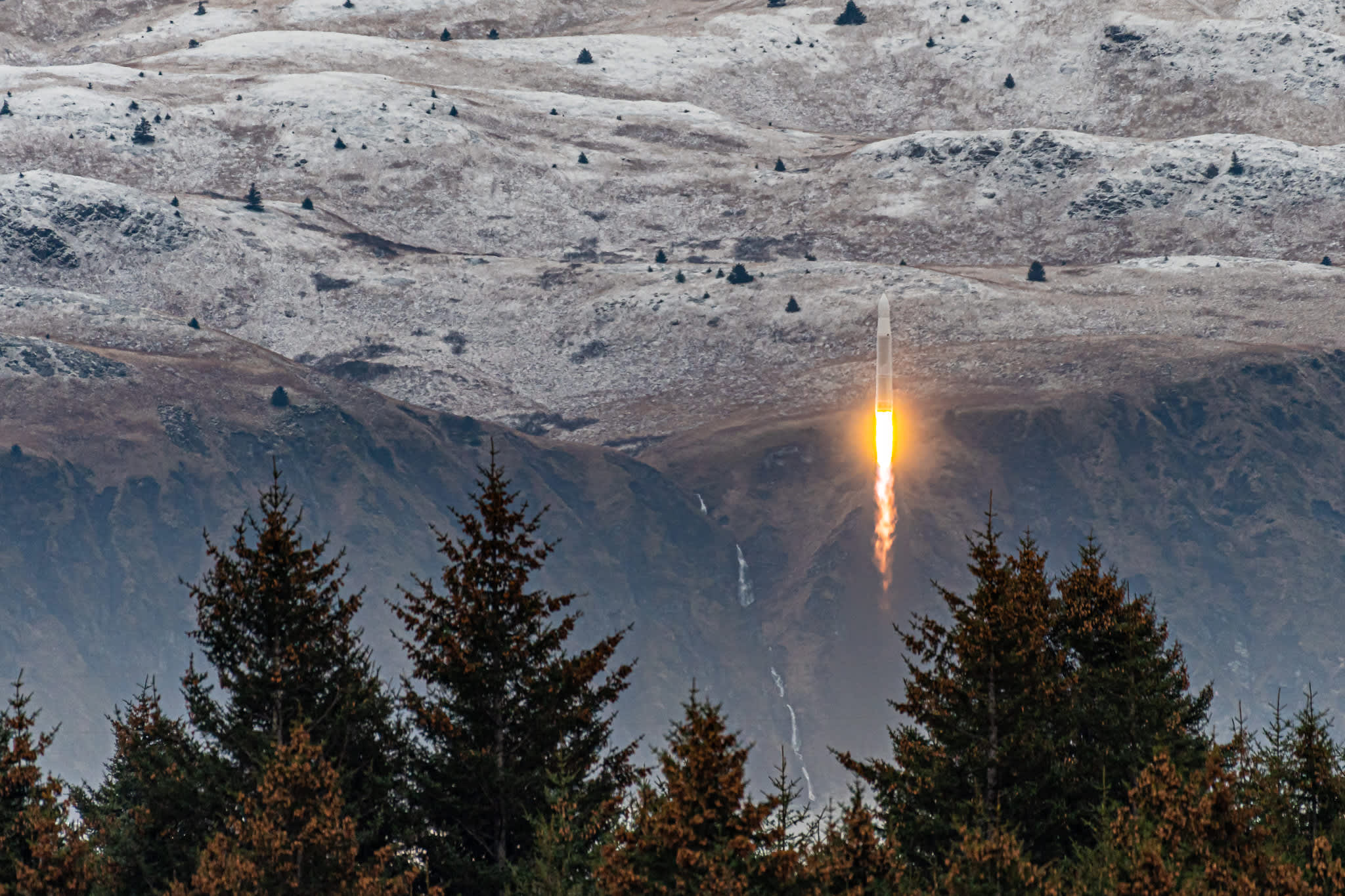With 250,000 US dollars, the Astra rockets should be able to be manufactured for the price of a sports car. How does the company plan to do that? For a long time, practically nothing was known about the Astra rocket company, only that it was testing its rockets in sparsely populated Alaska. Occasionally news of tests and crashed missiles leaked out, nothing else.
But since Astra was the only remaining participant in the Darpa Launch Challenge, the company has been much more open about the plans for their missiles.
That is also necessary, after all, Astra wants to go public with the help of a SPAC. At the next launch, which is planned for this summer, the rocket will carry satellites for the first time; it is to be broadcast live in Times Square in New York. The missile should not explode if possible.
One rocket a day at the lowest possible price
Five years after the company was founded in 2016, the chances are not bad. The head of the company, Chris Kemp, gave an overview of the rocket development and the goals of Astra in an interview with Nasaspaceflight. . Explosions were not uncommon.
In 2018, less than two years after the company was founded, the company launched two suborbital rockets – Rocket 1 and Rocket 2. Both flights were canceled after half a minute. All of the following rockets are called Rocket 3, they have two rocket stages and the ability to fly into orbit. But the first Rocket 3 exploded during tests on the ground.
The company’s goal is ambitious: it wants to be able to offer rocket launches for $ 500,000 a day and build rockets for less than $ 250,000. The technology should be as simple as possible, instead of promising “ultra low cost” with “ultra high performance”, as other companies do.
However, the first successful flight into orbit is still pending. In 2020, the company built three test rockets in one year. After the first rocket exploded, the other two could at least be launched. SpaceX, Rocketlab, and Virgin Orbit each built only one test rocket in their early years. Neither of them went into orbit, so Astra is in good company.
Software errors prevent successful flights
The first flight with the second Rocket 3 had to be canceled after a minute when the rocket went off course due to control problems. According to Kemp, this was due to a wrong line in the navigation computer code. Before the second flight, only this error should have been corrected. Otherwise the missile was identical. The goal was mainly to do a full flight with the first stage.
The rocket was not equipped with a payload for the flight, but with a fully functional second stage and its payload fairing. The work, however, concentrated on the flight of the first stage. Still, the second stage almost went into orbit, it was only a few hundred meters per second too slow. Before the crash, the separation of a payload could also be simulated.
Again, however, a software bug prevented ultimate success. The range of values for adjusting the fuel mixture in the engine is said to have been limited too much by the software, so that around 9 percent of the oxygen remained unburned in the tanks of the second stage. There was a similar problem in the first stage. The rocket could have reached a lower orbit, but not the higher orbit it was heading for.
The next rocket is expected to bring satellites into orbit for the first time in the summer. With the upcoming IPO and the need to convince investors, a lot is at stake.
